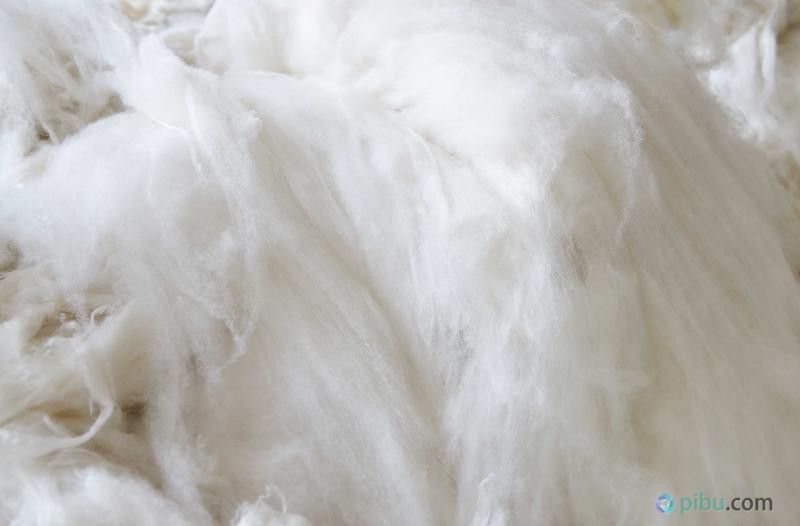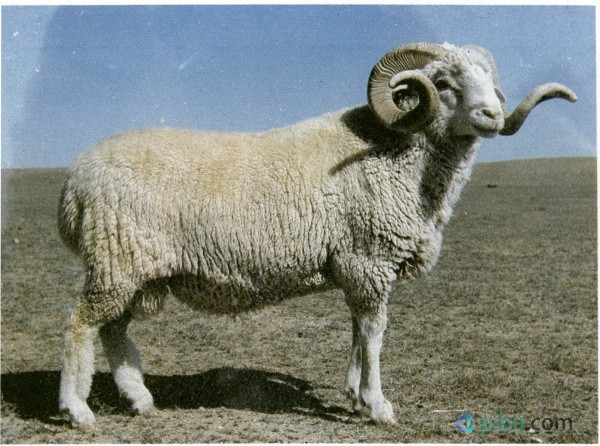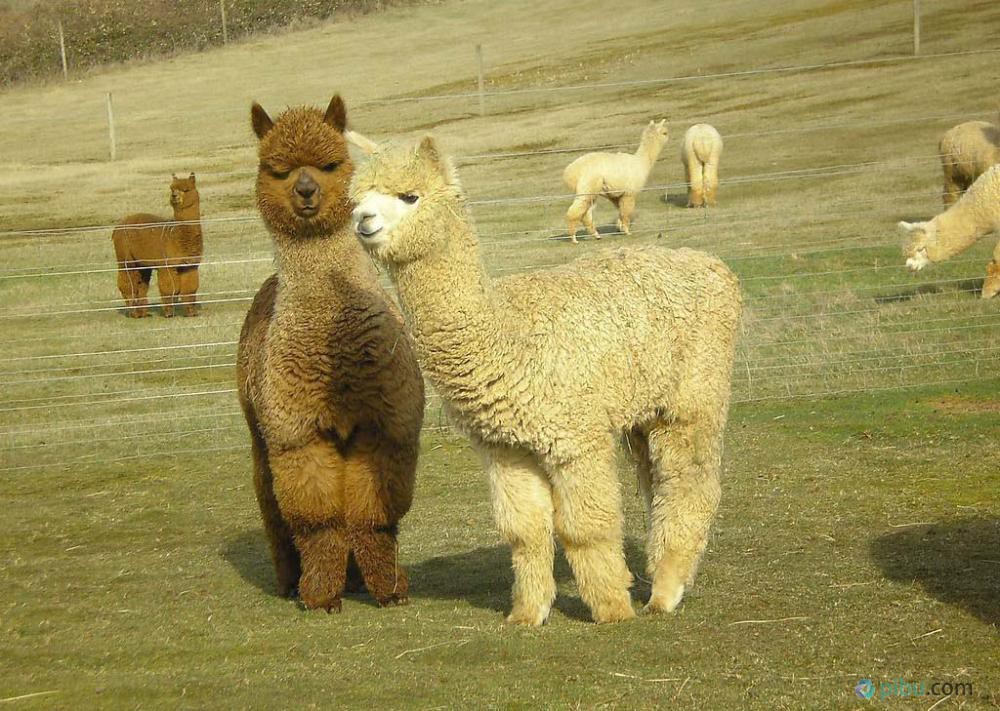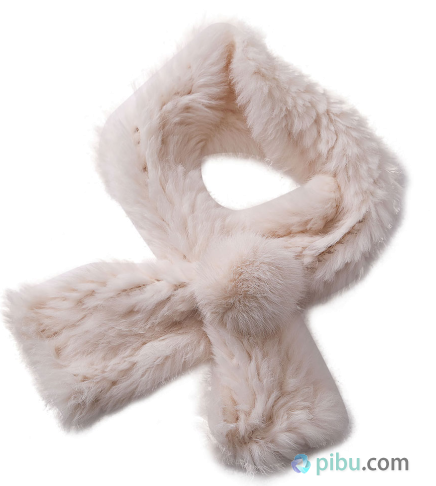As the summer passed, the sales of wool textiles continued to improve in the autumn and winter. Currently, wool spinning fabric on the market used animal hair fibers, roughly wool, goat hair, camel wool and angora several. A wide variety of different textures and different contents are difficult to choose. At this point if there is some understanding and identification of various raw materials of wool fabric, to choose to buy and wear to achieve the desired effects are beneficial. Some essential identification knowledge can also allow yourself to avoid being taken.
Â
Before the introduction, let us first understand the concept of pure wool. In the market, people often see wool products with "pure wool" or " 100% " wool two kinds of signs, some people think that "pure hair" is equal to " 100% wool", it is not true. Literally, "pure wool" should be 100% wool. In fact, in the production process, in order to improve the textile performance of the fiber, the fabric is more durable, and some products often have to add some non-wool fibers of polyester or nylon. With regard to the amount of additions, there are clear provisions in the national standards. In this way, we will understand. Pure wool products are not 100% wool, and those that are marked with pure wool products have been added with non-hair fibers in accordance with the stipulated scope, and therefore should be lower in price than 100% wool products.
Â
First, sheep wool
Referred to as "wool." Sheep wool is a natural animal wool fiber. With keratinous tissue, showing luster, toughness and elasticity. Usually refers to sheep wool, because of its high yield, variety, can produce a variety of wool fabrics, is the main raw material for wool textile industry. The sweaters, woolen cloths, felts, etc., which are used by people with the largest amount of daily use, are mainly sheep wools that are densely covered by sheep. The countries with the most sheep wool production in the world are Australia, the Commonwealth of Independent States, New Zealand, Argentina and China. The number and grade of wool are the basis for assessing the grade and quality of wool. The higher the number of counts, the better the quality, and the higher the number of grades, the worse the quality. The “ Australian wool †which has always been admired by people in the sheep's wool . The wool fiber is thin and long, and it is the best breed among sheep.
 Â
Â
Second, goat wool
Goat wool refers to shag and dead hair that were cut from goat wool. Generally, the fine hairs on the goatskin are very short and cannot be spun. The hairs can only be made with brushes, brushes and the like, except mohair. Mohair is the angola goat wool, produced in Turkey's Angolan province, North America and South Asia, is a kind of high-quality wool fiber, smooth surface, very little curling, long and thick, with silky soft and strong luster, excellent back Elasticity, abrasion resistance and high strength are the ideal raw materials for weaving high-grade fabrics such as jacquard, plush, down coat and artificial fur. The thick, needle-knit, mohair sweaters, clothed with soft, silky, mist-like fibers, form a noble, lively and rugged style of clothing and are loved by the people.
Zhongweishan wool in northwest China also belongs to mohair. However, in the market, some people called the fluffy type of acrylic fiber as " mohair " for sale, causing misunderstanding that such an acrylic fiber can be called " imitation mohair " at best .

Â
Third, alpaca hair   
Alpaca , also known as "camel wool," has a fiber length of 20-40 cm and is white, brown, gray, black and other colors. Since 90% of it is produced in Peru, it is also called "Peruvian wool." Its two varieties, one is fiber curl, has a silvery luster, the other is a fiber straight, less curly, with a similar mohair luster, often blended with other fibers, as a high-quality clothing materials. The camel wool currently on the market is mostly produced in Eastern Europe.

 Â
Fourth, rabbit hair
Rabbit hair is popular for its light, fine, soft, warmth-keeping, and low-cost features. It is made up of fine fluff and coarse hair, consisting mainly of ordinary rabbits and Angora rabbit hair, and the quality of the latter is excellent. The difference between rabbit hair and wool is that the fibers are slender and the surface is particularly smooth and easy to identify. Due to the low strength of rabbit hair, it is not easy to spin individual yarns. Therefore, it is blended with wool or other fibers and made into knitwear, ladies' jackets and overcoats.

 Â
How to identify
Â
First, hand feel: pure wool fabrics usually feel silky, hairy fabrics smooth hair feel smooth, reverse hair tingling. In blended or purified fiber products, some are soft, some are soft and loose, and they have a sticky feel.
Second, look at the color: pure wool fabric natural soft, bright and no old sense. In contrast, blended or purified fabrics have a dark or shiny appearance.
Third, look at the elasticity: Hand tighten things, and then immediately let go to see the fabric elasticity. The high rebound rate of pure wool fabrics can quickly restore the original shape, while the blended or chemical fiber products have poor anti-wrinkle properties, and most of them leave relatively clear fold marks or slow recovery.
Fourth, the combustion method to identify: take a bundle of yarn, with fire, pure wool fiber smell like burning hair, chemical fiber fabric smell like burning plastic. The harder the burned particles are, the more chemical fiber components are.
5. Single Root Identification: All animals' hairs are scaly under the microscope. If they are long hair fabrics, just take a hair and move it up or down as many times as above ( to master this skill acquire a test hair a), if an ordinary fabric, a yarn drawn, cut 2 cm split into two fibers one by one on the palm rub four or five, to see if they will not move.
Â
In short, we must buy satisfactory raw wool fabrics in an increasingly prosperous market. In addition to trying to identify them by means of reading, touching, asking, and comparing, we can analyze them from the price point. Of course, the safest thing is to constantly increase understanding of product knowledge.
For more content, please follow this site
Warm Fabric For Winter,Warm Flannel,Warmest Wool,Warmest Fleece
BO GRAND TEXTILE CO.,LTD , https://www.jxbogrand.com